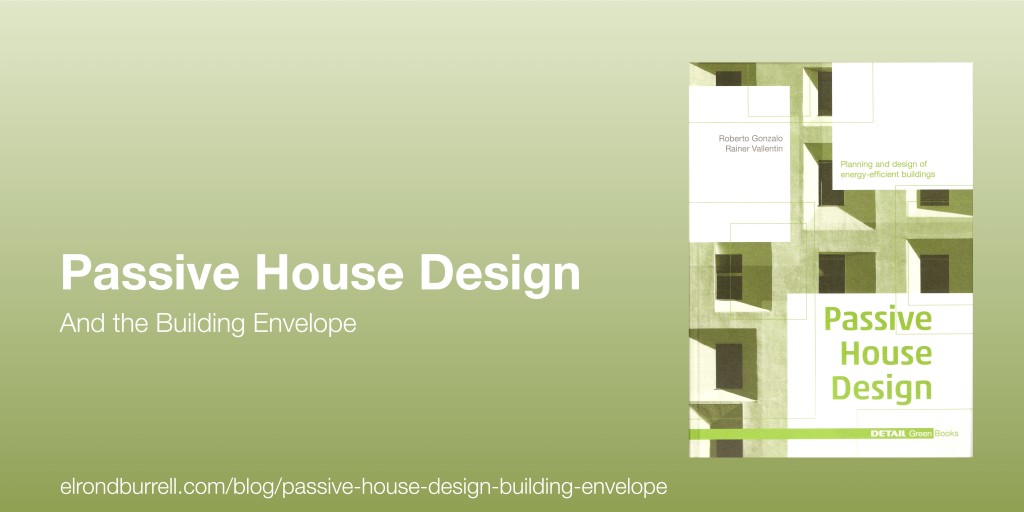Design and build procurement routes have been particularly popular in the UK for large scale Passivhaus projects. Clients, often public bodies, want the benefits that Passivhaus brings, but are wary of the delivery risks in a relatively immature Passivhaus market. Using a design and build procurement route allows the client to pass the majority of the risks to the contractor. The client may pay a higher price for this, but theoretically, it offers more certainty of cost and time.
However, using a design and build procurement route can offer the greatest potential for an integrated design approach. And this is beneficial for a Passivhaus building project. When it is done right, the full design and construction teams can collaborate to develop a highly integrated solution. Unfortunately, when not done right, design and build procurement can conflict with an integrated design approach.
This blog post looks at three situations where design and build procurement can conflict with Passivhaus;
- Design scope mismatch
- Consultants timelines out of sync
- Tender design overconstrained
These situations can cause issues with any building project and may increase costs and delivery time. For a Passivhaus building project, these situations may additionally jeopardise achieving the standard.
Passivhaus design and build procurement: avoid situations that conflict with an integrated design approach.


